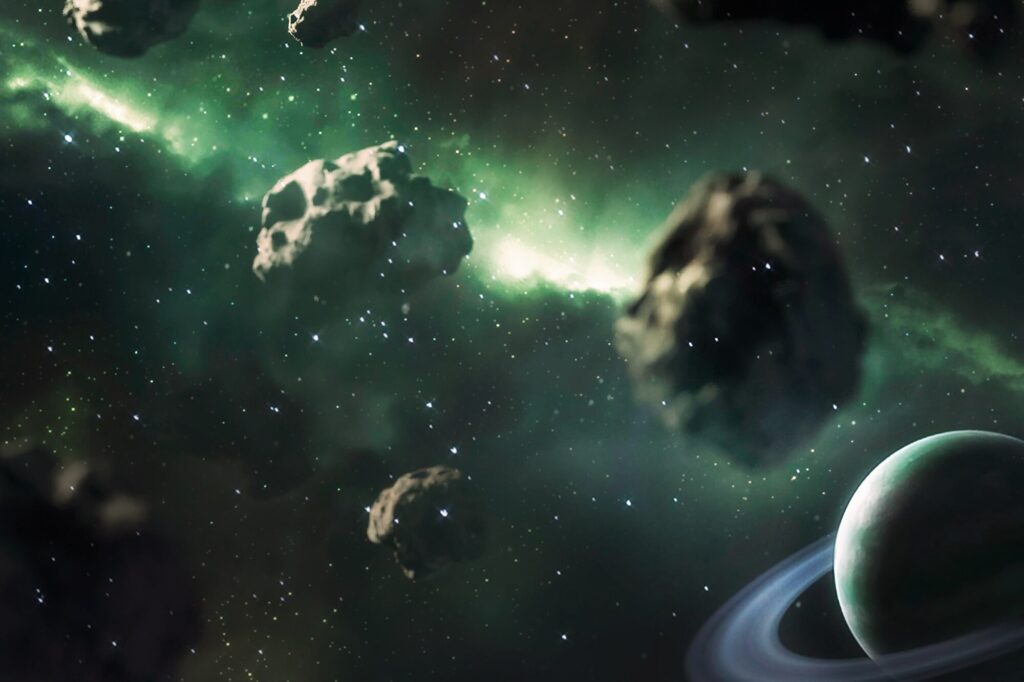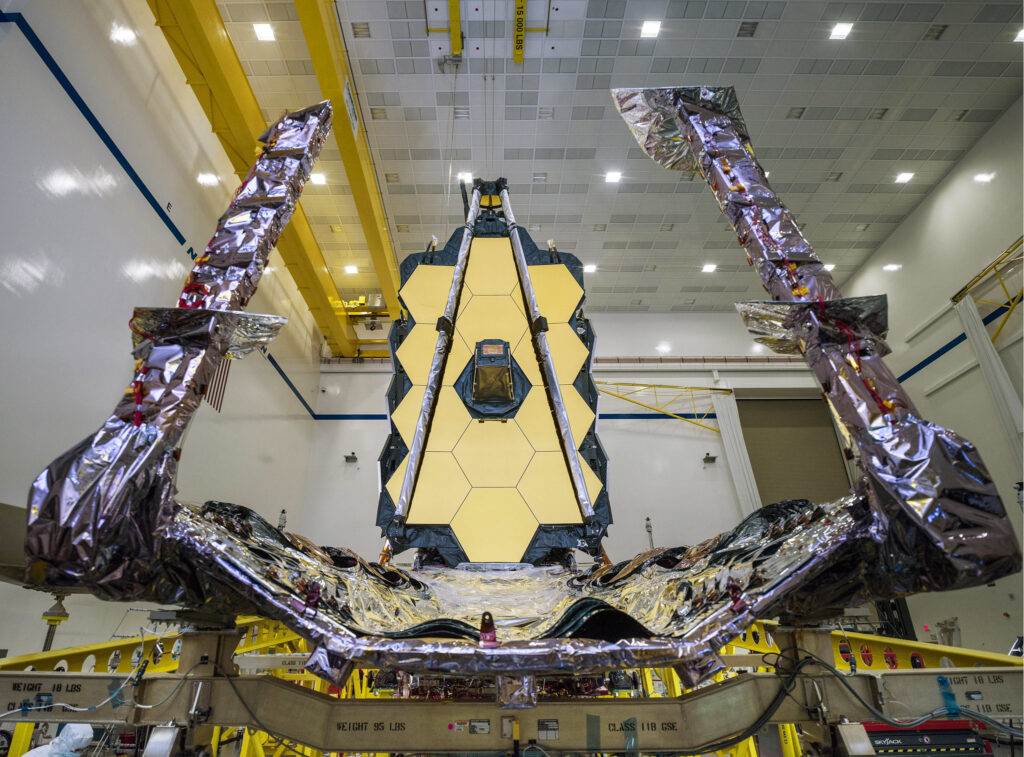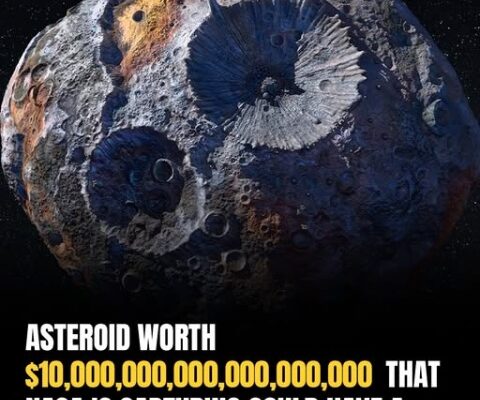If you follow the latest in space exploration, you’ve probably heard about an asteroid valued at a staggering $10 quintillion.
Yes, that’s $10,000,000,000,000,000,000 — a number so huge it’s almost hard to grasp.
What makes this asteroid truly extraordinary is its unusual metal composition. Unlike most asteroids made up of rock and ice, this one—known as 16 Psyche—is believed to be made mostly of metals similar to those found in Earth’s core, like iron and nickel. Some scientists even speculate it might contain gold.
Imagine the impact on the global economy if we could mine just a fraction of those metals.
Recently, scientists used the powerful James Webb Space Telescope (JWST) to study 16 Psyche up close.
But here’s the surprising twist: according to NASA, this precious asteroid appears to be rusting — a discovery that could reshape our understanding of its composition and potential value.

Researchers have now detected rust on Psyche’s surface—a surprising clue that the asteroid might be “hydrated.”
This isn’t the first hint of water on Psyche. Back in 2017, scientists spotted signs of water molecules on its surface.
According to Live Science, “Infrared spectra—radiation we perceive as heat but cannot see—revealed the presence of hydroxyl molecules (OH), a key component of water.”
These findings suggest that Psyche could contain small amounts of water, either as ice or hydrated minerals. While the evidence isn’t definitive yet, it’s enough to spark exciting new questions about the asteroid’s true nature.

Thanks to the James Webb Space Telescope, scientists now have fresh evidence that the metals on Psyche’s surface are reacting with hydroxyl groups, creating a surprising ‘rust’ effect.
This metal-rich asteroid has fascinated NASA for years, which led to the launch of the Psyche mission on October 13, 2023. By 2029, the NASA Psyche probe is set to arrive at the asteroid, giving researchers an unprecedented opportunity to study its composition up close.
As Live Science explains, the mission “aims to uncover vital clues about how the planets in our solar system formed.”
Many scientists believe Psyche’s metallic outer layers are remnants of a “failed planet” — a celestial body that never fully formed, offering a unique glimpse into the early history of our cosmic neighborhood.
Some scientists believe Psyche is actually the exposed core of a protoplanet—an early planet-like body—similar in size to Mars.
Studying Psyche in greater detail could significantly deepen our understanding of the solar system’s infancy and reveal key insights into how planets form and evolve.
